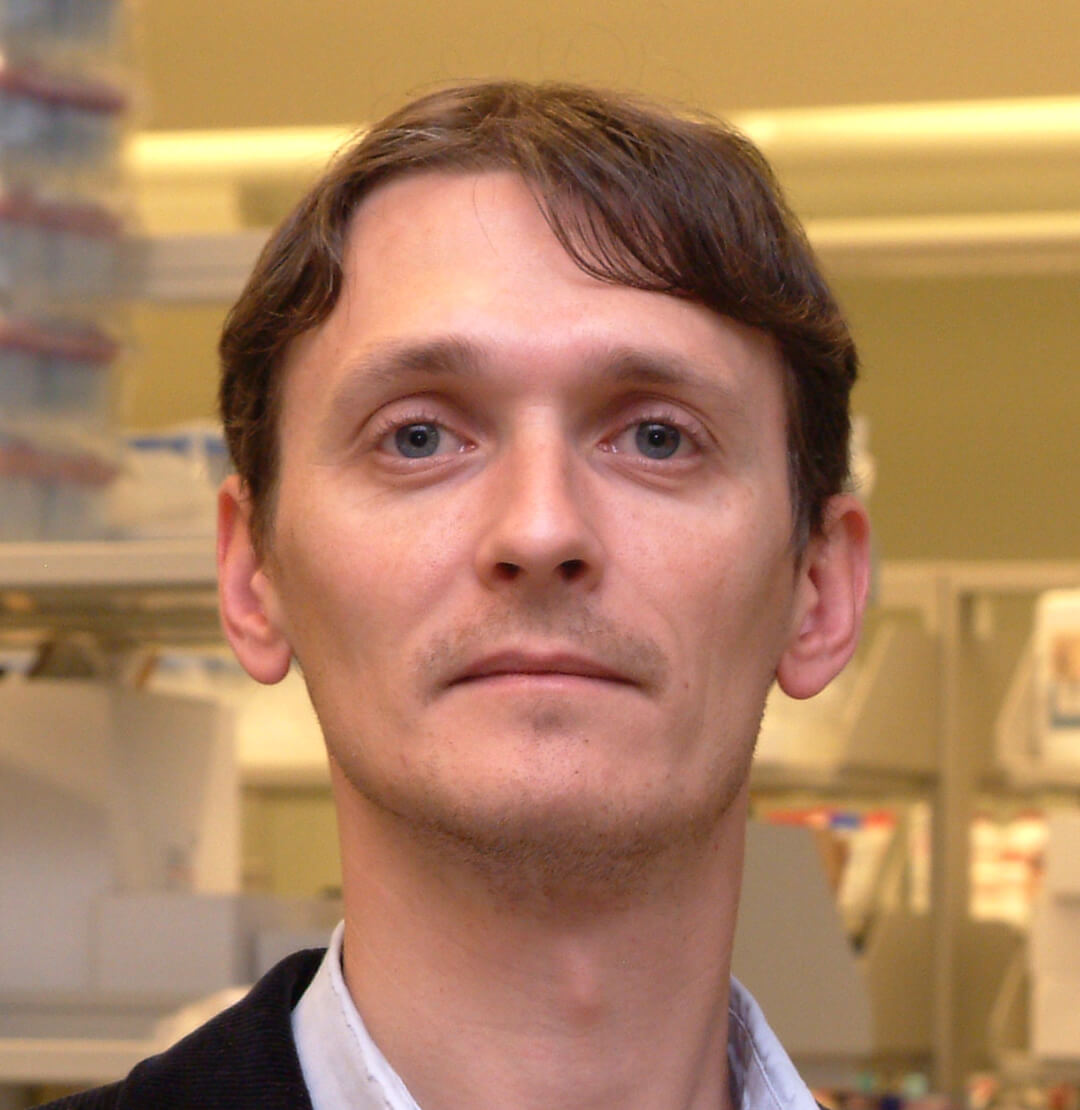Oxidative Stress and Disease
Faculty
Research Focus
The goal of this laboratory is to understand the role of free radicals—reactive oxygen and nitrogen species—in the development of various diseases and symptoms, with an emphasis on diabetes, obesity, and insulin resistance.
About this Lab
Our NIH-funded laboratory has a general interest in the in vivo role of free radicals - reactive oxygen and nitrogen species - with emphasis on the developing stage of diabetes, obesity and insulin resistance. Our research focuses on the exact free radical mechanisms that can play a role in the pathogenesis of these conditions, ultimately contributing to insulin resistance or leading to tissue damage and to metabolic imbalance.
Currently we are interested in:
- Understanding how the accumulation of toxic lipid metabolites interferes with the insulin receptor signaling pathway in rats with hyperglycemia, hypertension and heart failure and participates in the development of insulin resistance;
- Developing new strategies against oxidative stress-induced and particularly, lipid peroxidation-induced insulin signaling impairment;
- Understanding how mitochondrial oxidative stress and metabolic imbalance relates in metabolic syndrome or obesity models. These studies initially focus on the kidney where obesity can lead to chronic kidney disease even without diabetes, and investigate mitochondrial bioenergetics, derailments of the TCA cycle and oxidative stress and a common mechanism which can lead to both redox balance and morphological changes, fibrosis and podocyte loss. For this project we use high fat diet models, transgenic and pharmacological approaches and kidney cell lines.
Through the use of in vivo electron spin resonance (EPR) methodologies and spin trapping we are able to directly and specifically detect increased free radical production in tissues, body fluids or cells. Low temperature EPR from frozen samples can be used to evaluate the integrity of various protein complexes, for example the different components of the electron transport chain. In addition, with the combination of EPR and immunological techniques (e.g. confocal microscopy, immunohistochemistry) a detailed search for the sources and the localization of reactive intermediates and their targets (lipids or proteins) can be achieved. The uniqueness of EPR spectroscopy combined with in vivo spin trapping allows us to identify free radical metabolites and the participating primary reactive species unambiguously, while the sensitivity of a novel immunospin-trapping approach makes the identification of the targets and their localization within the cell possible.
Research in this laboratory is funded by the Pennington Foundation, through grant support by NIDDK 4R00DK083615 (PI: Krisztian Stadler), by a pilot grant from an NIDDK supported NORC program project (2P30DK072476) and by a Louisiana Board of Regents SURE Award.



